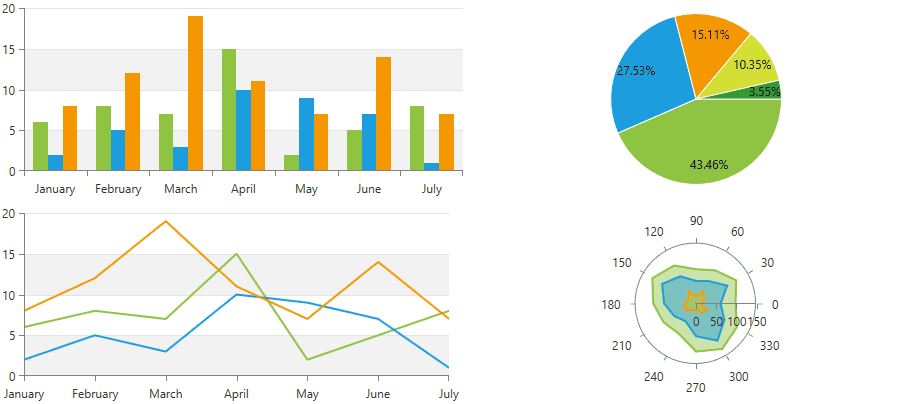Five step process that Organisations can develop for making strong data-driven decisions to achieve “zero harm” vision
To improve your data analysis skills and simplify your decisions,execute these five steps in your data analysis process

What are you trying to solve with the data?
With so much data to sort through, you need something more from your data:
You need to know is it the right data for answering your question;
You need to draw accurate conclusions from that data; and
You need data that informs your decision making process
How are you planning to frame your first safety data analysis model?
As you interpret the results of your data, ask yourself these key questions:
Does the data answer your original question? How?
Does the data help you defend against any objections? How?
Are there any limitation on your conclusions, any angles you haven’t considered?

Here are five steps that
organisations can develop for
making strong data-driven
decisions to achieve “zero harm”
vision.
Here are five steps that organisations can develop for making strong data-driven decisions to achieve “zero harm” vision.

Step 1 - Define your question
Design your questions to either qualify or disqualify potential solutions to your specific problem or opportunity.
Step 2 - Set Clear Measurement Priorities
A) Decide What To Measure
B) Decide How To Measure It


Step 3 - Collect Data
With your question clearly defined and your measurement priorities set, now it’s time to collect your data.
Step 4 - Analyse Data
After you’ve collected the right data to answer your question from Step 1, it’s time for deeper data analysis.


Step 5 - Interpret Result
If your interpretation of the data holds up under all of these questions and considerations, then you likely have come to a productive conclusion. The only remaining step is to use the results of your data analysis process to decide your best course of action.
As you interpret the results of your data, ask yourself these key questions:
Does the data answer your original question? How?
Does the data help you defend against any objections? How?
Are there any limitation on your conclusions, any angles you haven’t considered?
Conclusion
By following these five steps in your data analysis process, you make better decisions for your business because your choices are backed by data that has been robustly collected and analyzed. With practice, your data analysis gets faster and more accurate – meaning you make better, more informed decisions to achieve “zero harm” vision.
| Views | |
|---|---|
| 1147 | Total Views |
| 2 | Members Views |
| 1145 | Public Views |
| Actions | |
|---|---|
| 0 | Likes |
| 0 | Dislikes |
| 0 | Comments |
Share by mail
Please login to share this webpage by email.